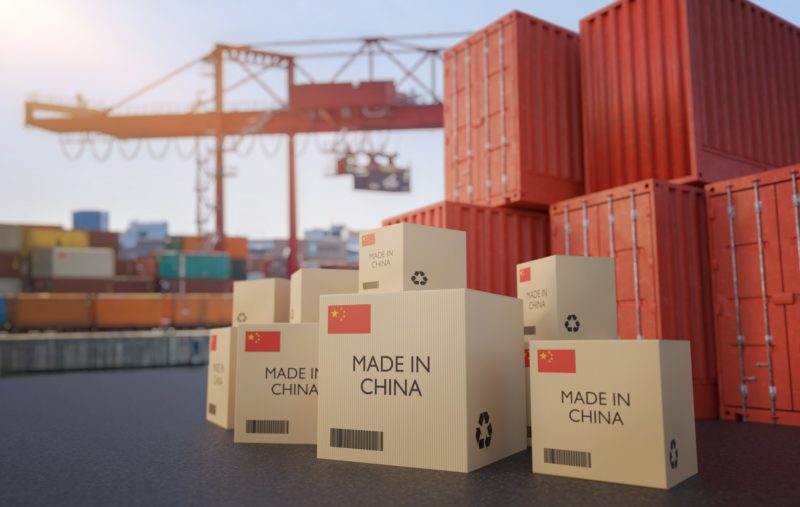China’s young people are looking to credit consumption tools as they face the strains of increased living costs and demand to maintain a higher standard of living than previous generations.
According to Alipay’s “Young People’s Consumer Life Report”, 65 million of China’s nearly 170 million post-90s have opened an account on Ant Group’s consumer credit product Huabei. This means that almost four in ten post-90s are using Huabei to fund their consumption. Post-90s (九零后) is China’s term for those born after 1990, the demographic which consists of a combination of millennials and Gen Z in the West.
Huabei is not the only widely-used consumer credit product: e-commerce platform JD’s Baitiao, delivery service Meituan’s Monthly Payment, and retailer Suning’s Wayward Payment are also popular. They allow consumers to “consume first, pay later” with payment instalments or a period of delayed payment.
Credit tools are extremely attractive to consumers. As well as the ease and accessibility of accessing finance, platforms such as Huabei allow users to develop platform credit. Credit can be accumulated to gain access to VIP benefits, including no deposit for renting share bikes or discounts for hotels. Many users also consider the credit products more convenient than owning a credit card as you don’t need to remember to pay fees and also a good way to track spending.
These products have been especially among younger people, however, they have also resulted in rising levels of debt among this demographic. Nielsen’s “Report on the Debt Status of Young Chinese Consumers” in 2019 showed that 86.6% of Chinese young people used credit products. While some only rely on them as a payment tool, 44.5% had amounted debt through their use.
As a result of rising debt levels, there is growing scepticism of these finance services among the Chinese public. Some criticise the companies for targeting young people due to their “irrational consumption” and ease of being influenced by outside parties. As such, many have welcomed new regulations which are cracking down on microloan companies.
However, CCTV Finance New Media’s “2019-2020 China Youth Consumption Report” found that young consumers weren’t spending recklessly. The top three categories of spending were: education and training (32.44%), housing (31.53%) and healthcare (26.11%). Indeed, COVID-19 has spurred young people to reconsider their consumption patterns and over half (55.8%) said that they were more likely to only buy necessities nowadays.
Read more about consumer credit products and China’s fintech sphere in our interview with Yassine Regragui.









